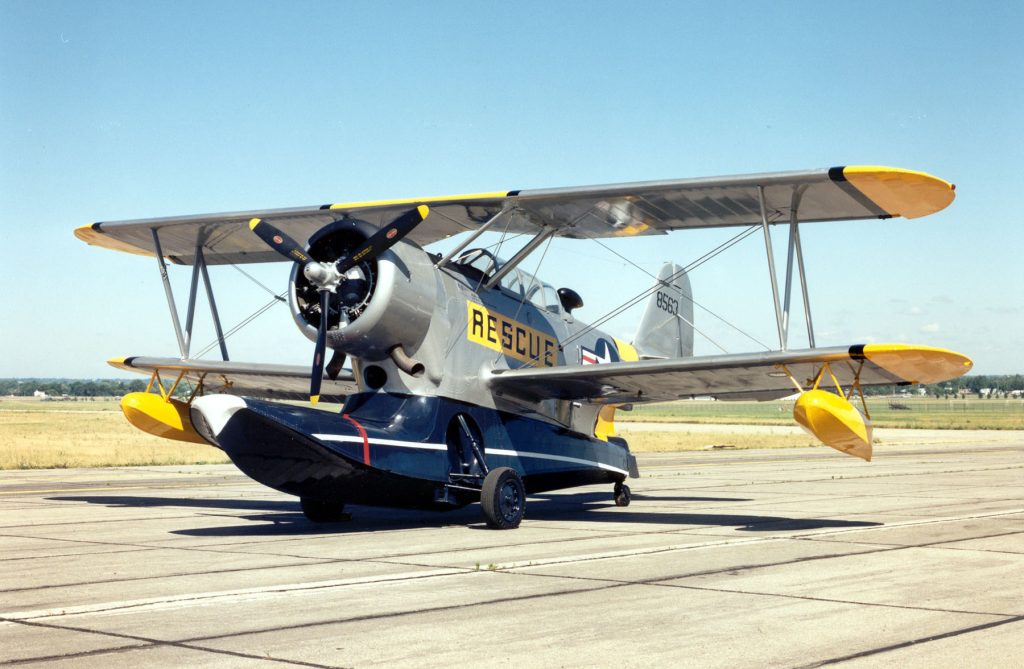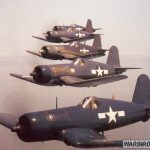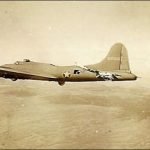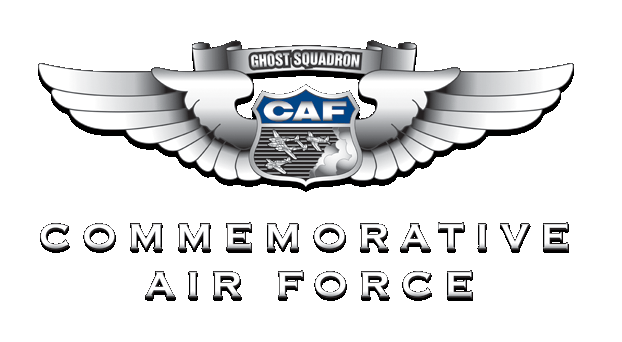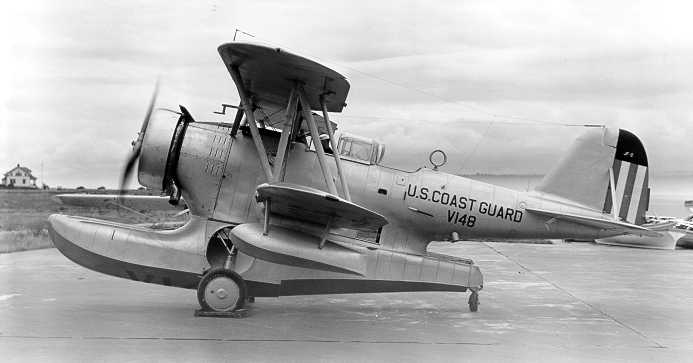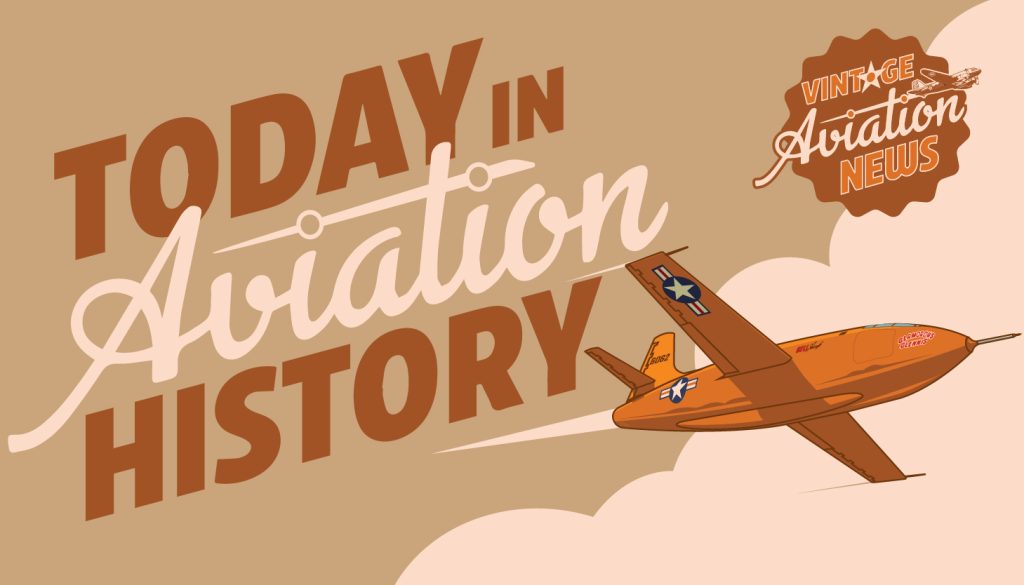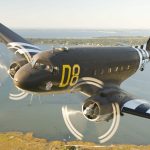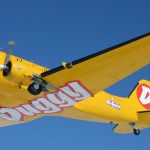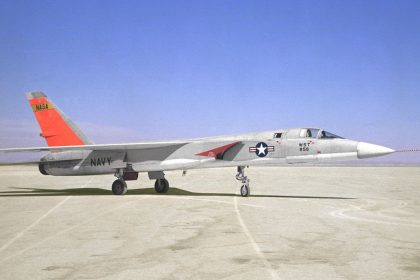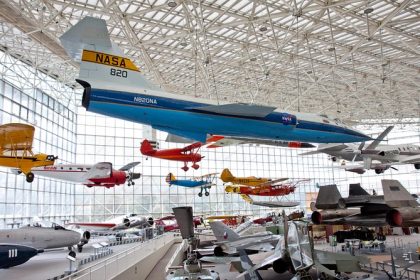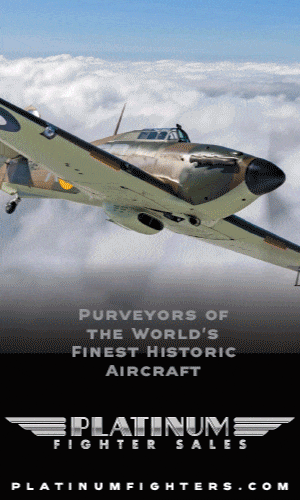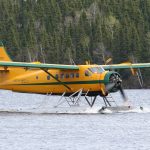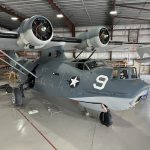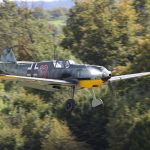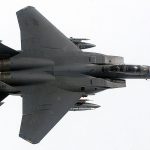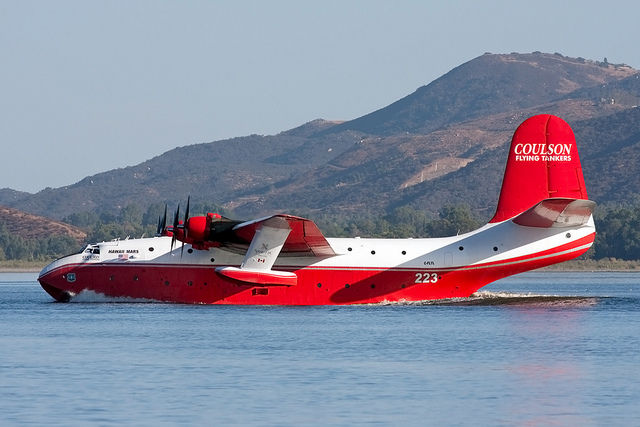On this date in aviation history—April 24, 1933—we mark the 92nd anniversary of the first flight of the Grumman JF Duck. Designed as an amphibious utility aircraft, the JF Duck was ordered by the United States Navy to serve a variety of support roles. Shortly after production began, the design was refined and re-designated as the J2F Duck, although the beloved nickname “Duck” remained unchanged. Between 1934 and 1936, a total of 48 JF airframes were built.

The Grumman JF-2 was powered by the reliable Pratt & Whitney R-1830 Twin Wasp radial engine, producing 775 horsepower. Depending on the mission, the aircraft typically carried a crew of two to four. Ducks were used in a wide range of roles, including aerial photography, target towing, liaison duties, and search and rescue missions. With a cruising speed of 155 miles per hour and a top speed of 185, the Duck was a steady performer for its time. The aircraft was unarmed, as the large centerline pontoon—integrated into the fuselage—precluded the installation of munitions.

The improved J2F Duck featured several aerodynamic and structural refinements, including a longer central pontoon and the removal of the inner-aileron strut for improved streamlining. While no known examples of the original JF Ducks survive today, four J2F variants remain airworthy in the United States, out of the 584 produced during World War II. An additional five airframes are either on display or undergoing restoration. Though often overlooked, the Grumman Duck served an important role in U.S. military aviation history, laying the groundwork for future development of single-engine amphibious aircraft. Its versatility, reliability, and unique design have made it a standout among the utility aircraft of its era.
